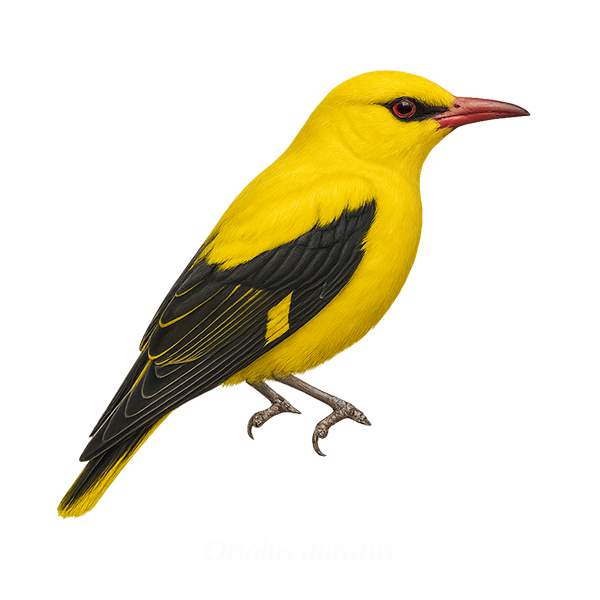Your wildlife photography guide.
Explore the african golden oriole in detail, study its behavior, prepare your shots.
Where to observe and photograph the african golden oriole in the wild
Learn where and when to spot the african golden oriole in the wild, how to identify the species based on distinctive features, and what natural environments it inhabits. The WildlifePhotographer app offers tailored photography tips that reflect the african golden oriole’s behavior, helping you capture better wildlife images. Explore the full species profile for key information including description, habitat, active periods, and approach techniques.
African Golden Oriole
Scientific name: Oriolus auratus

IUCN Status: Least Concern
Family: ORIOLIDAE
Group: Birds
Sensitivity to human approach: Suspicious
Minimum approach distance: 10 m
Courtship display: October to December
Incubation: 14-16 jours
Hatchings: October to January
Habitat:
Open forests, wooded savannas, bushy areas
Activity period :
Primarily active during the day, with peak activity in the morning and late afternoon.
Identification and description:
The African Golden Oriole, or Oriolus auratus, is a medium-sized bird known for its striking plumage and melodious songs. It features bright yellow plumage with black wings, making it easily recognizable. This bird is primarily found in sub-Saharan Africa, where it inhabits open forests, wooded savannas, and bushy areas. The African Golden Oriole is a partial migrant, moving seasonally to find food resources. It feeds mainly on insects, fruits, and nectar. Its song is a soft whistle, often heard during the breeding season. Although its habitat is threatened by deforestation, it is currently listed as "Least Concern" by the IUCN.
Recommended lens:
400 mm – adjust based on distance, desired framing (portrait or habitat), and approach conditions.
Photography tips:
To photograph the African Golden Oriole, it is advisable to use a 400mm or longer telephoto lens to capture detailed images without disturbing the bird. Look for it in open forests and wooded savannas, where it is often active during the day. Be patient and discreet, as this bird can be suspicious. Try to capture its striking plumage in good natural light to highlight its vibrant colors. Listen for its melodious song to locate its position.
The WildlifePhotographer App is coming soon!
Be the first to explore the best nature spots, track rutting seasons, log your observations, and observe more wildlife.
Already 1 432 wildlife lovers subscribed worldwide

